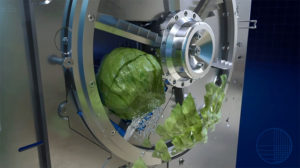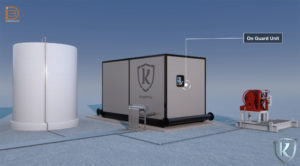Digital headsets helped car designers around the world connected with each other, collaborating in real time, during the COVID-19 pandemic. Its use has jumpstarted a case for using virtual reality (VR) for more during the design process, making the chunky goggles and controller wands a staple in studios.
The designers react to models, animation, and proportion ideas by utilizing the equipment in tandem with various types of 3D design software.
VR was first used by the automotive industry a decade ago. The pandemic accelerated the practice. Designers at Ford Motor Company, General Motors, Kia and others used it to continue their work while remaining socially distant. Some companies now use virtual 3D modeling for every car they design.
As opposed to augmented and mixed reality, which give users a real look at the surrounding environment with overlays providing information, VR creates a compete virtual environment to look and move around in, everywhere from forests to design rooms complete with different settings for lighting, background and road surface.
“Before the pandemic, we were using [VR] but it was probably a bit more focused on the enthusiast. But we saw that there was going to be a real potential and a need for us to use the technology to move more quickly, and to be able to do faster iterations on our way to a physical result,” Bryan Styles, director of immersive technology at General Motors told Newsweek.
“Also prior to the pandemic, coincidentally at the start of 2020, my team was formed because there was a discussion with the highest levels of leadership in the company that we’ve got to make sure that we’re preparing for the future and having the right tool for the right job, and doing things immersively whether it’s virtual reality, mixed reality or augmented reality, those are all part of the toolkit that we need to develop.”
Ford also started using VR before the pandemic, but the quarantine put it into hyperdrive. It used VR to evaluate the open-air experience in the Bronco using a full-size model made of packing foam. Ford says it used VR to transport the Bronco to the desert or the forest without leaving the studio.
“We used one of the clay modeling heat lamps to give us the intense feeling of the sun on our skin, or we piped in a forest soundtrack and used a large fan so you could feel the wind. The sense of immersion was transformative. So transformative one person who we sat in there was startled they couldn’t see their hands, forgetting for a moment they were in a virtual environment, the impression of reality was so profound,” Paul Wraith, Ford’s chief designer told Newsweek.
Ford has a virtual courtyard environment that looks like the real life area at its Irvine, California studio. Designers can see how the light hits the surfaces at different times of the day without having a real model outside in the elements. It can spin virtual vehicles on a turntable. There are other scenes too, like country roads or open parking lots.
The companies use a variety of programs to achieve maximum effect in the studio.
Gravity Sketch, utilized by Ford and GM, allows designers to draw lines in the air, reshape those lines, connect panels and choose accents for its vehicles, without ever turning a screw or lifting a pencil. It also allows designers to take a 2D drawing off the page and create it in 3D. They can then physically walk around their creation, or just spin it in place and stand still, to look at every angle.
Read the full article here.







